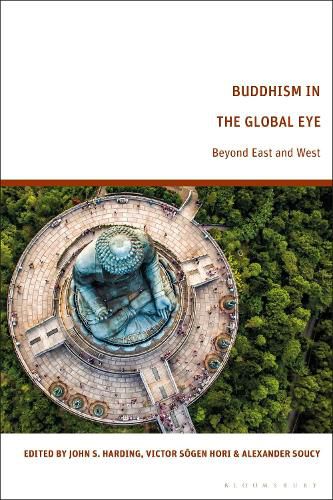Readings Newsletter
Become a Readings Member to make your shopping experience even easier.
Sign in or sign up for free!
You’re not far away from qualifying for FREE standard shipping within Australia
You’ve qualified for FREE standard shipping within Australia
The cart is loading…






Buddhism in the Global Eye focuses on the importance of a global context and transnational connections for understanding Buddhist modernizing movements. It also explores how Asian agency has been central to the development of modern Buddhism, and provides theoretical reflections that seek to overcome misleading East-West binaries.
Using case studies from China, Japan, Vietnam, India, Tibet, Canada, and the USA, the book introduces new research that reveals the permeable nature of certain categories, such as modern , global , and contemporary Buddhism. In the book, contributors recognize the multiple nodes of intra-Asian and global influence. For example, monks travelled among Asian countries creating networks of information and influence, mutually stimulating each other’s modernization movements. The studies demonstrate that in modernization movements, Asian reformers mobilized all available cultural resources both to adapt local forms of Buddhism to a new global context and to shape new foreign concepts to local Asian forms.
$9.00 standard shipping within Australia
FREE standard shipping within Australia for orders over $100.00
Express & International shipping calculated at checkout
Buddhism in the Global Eye focuses on the importance of a global context and transnational connections for understanding Buddhist modernizing movements. It also explores how Asian agency has been central to the development of modern Buddhism, and provides theoretical reflections that seek to overcome misleading East-West binaries.
Using case studies from China, Japan, Vietnam, India, Tibet, Canada, and the USA, the book introduces new research that reveals the permeable nature of certain categories, such as modern , global , and contemporary Buddhism. In the book, contributors recognize the multiple nodes of intra-Asian and global influence. For example, monks travelled among Asian countries creating networks of information and influence, mutually stimulating each other’s modernization movements. The studies demonstrate that in modernization movements, Asian reformers mobilized all available cultural resources both to adapt local forms of Buddhism to a new global context and to shape new foreign concepts to local Asian forms.